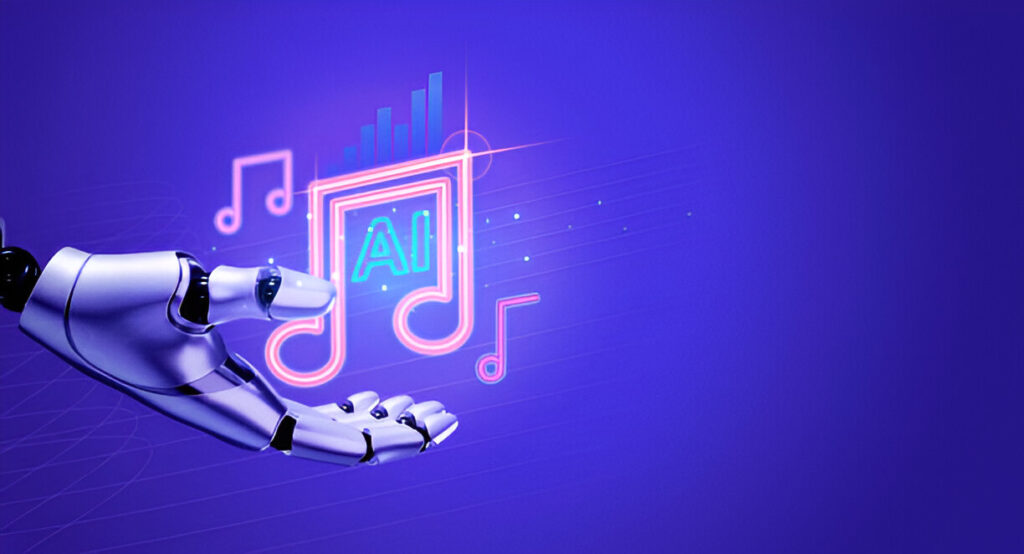The emergence of vocal AI has changed the dynamics of song creation. It is possible to modify and clone a song with vocal AI. The AI tool has deep learning algorithms and advanced neural networks. This provides AI singers with a database for the production of songs. The AI tool can capture voice nuances, timbre, and inflections. Cloning of songs is the ability of AI vocal to create new songs.
It can reproduce songs by adding new features in the original singer’s voice. The AI tool can produce songs with unparalleled precision and accuracy. The AI singer can learn machine language and use NLP (Natural Language Processing) for music production. The combination of human and AI technology does assist in producing impressive music.
Data Collection and Training:
The vocal AI has access to large amounts of data in audio recordings. It can learn and replicate human voices to produce altogether new songs. The AI can replicate the voices of different speakers with precision. It can learn about the pitch, tone, and accent variation of different songs. The enormous data collection assit the AI vocal to produce altogether new songs. AI has access to all libraries of old songs. It can learn how these songs are created and be able to produce new styles of lyrics.
Melody and Lyrics Integration:
The vocal AI can clone old songs and produce altogether a piece of new music. The AI assists in integrating melodies and lyrics to create a complete song. AI singer’s algorithm can create new melodies and lyrics by learning existing lyrics. You simply need to enter the lyrics of the song to produce a song. The cloned vocals are going to produce songs based on themes, keywords, or user input. The learning algorithm uses NLP (Natural Language Processing) to dig data from music libraries.
User Input and Customization:
Customization of music is one of the key features of modern AI vocals. It can repeat the style of a specific genre of music. The AI models trained can replicate different datasets of human singing and vocal performances. It can easily learn patterns in pitch, tempo, pronunciation, and expression. Different users have specific requirements as some want to produce fast music and others folk or other genre.
Step of Song Production:
These are the steps of the working pattern of AI vocal:
- Data Training: The AI vocal algorithm can train itself and learn from different styles of music. It can replicate these styles for future song production.
- Input: Being a user, you need to enter the text lyrics, melody, or reference audio. This input is converted into a desired song according to the user’s input.
- Processing: Then AI processes and maps the vocal expressions and creates a coherent, melodic output to mimic human singing.
- Output: Based on processed data a new song is produced according to the recommendation of users.
Conclusion:
There are different advantages of vocal AI as it democratizes music production. A musician can check the lyrics and melody of music before its actual production. It is possible to produce much-improved music according to your specific requirements.



